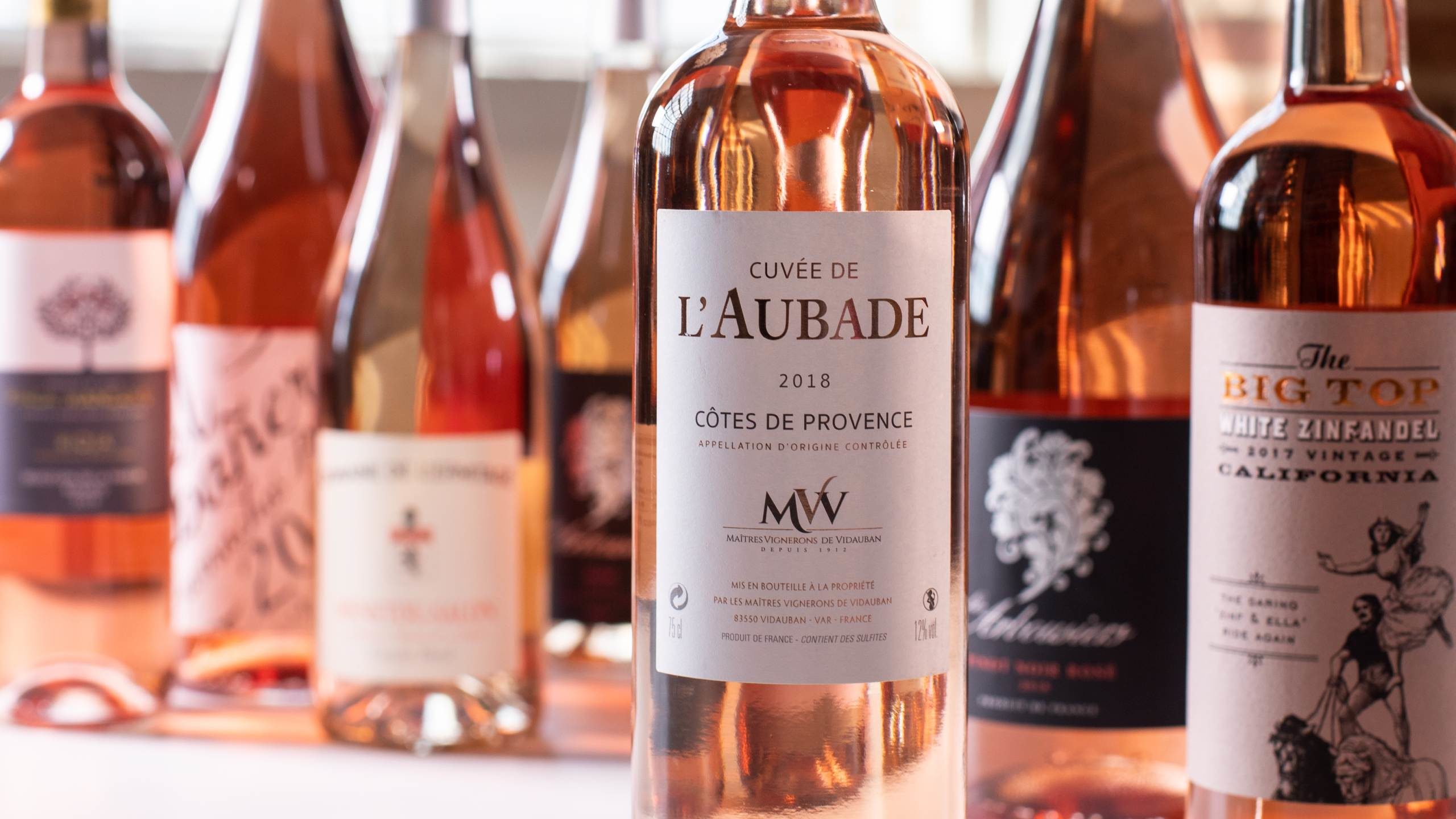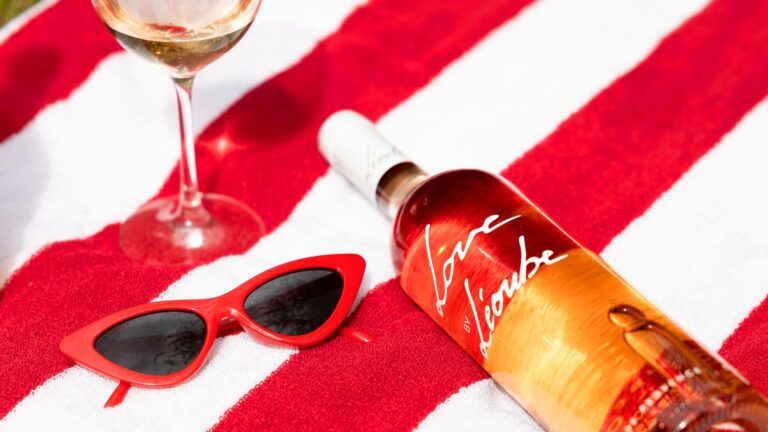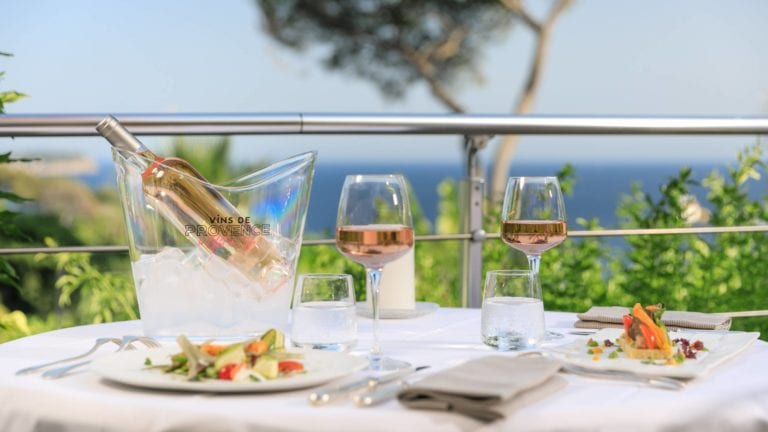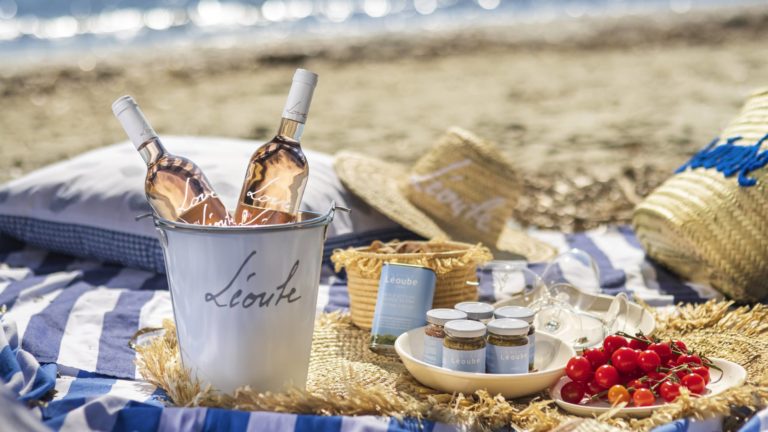Rosé wine, the trendy summer tipple that’s been sweeping the nation in recent years. Whether it’s popping a bottle of pink fizz in the summer or sipping on a glass with some seafood, people just can’t seem to get enough of the pink stuff! Here at Virgin Wines we’ve even seen an 82% increase in rosé bottle sales since 2015 – quite a substantial increase in demand!
What is Rosé Wine?
Rosé is a pink coloured wine that you could say occupies the middle ground between red wine and white wine. It boasts elements of both, merging the fruitiness and flavours of red wine styles with the crisp acidity associated with white wine styles. Best served slightly chilled, it is widely thought of as a refreshing sip for the summer, but it’s also compatible with a wide range of dishes too. Find out more in our rosé wine guide.
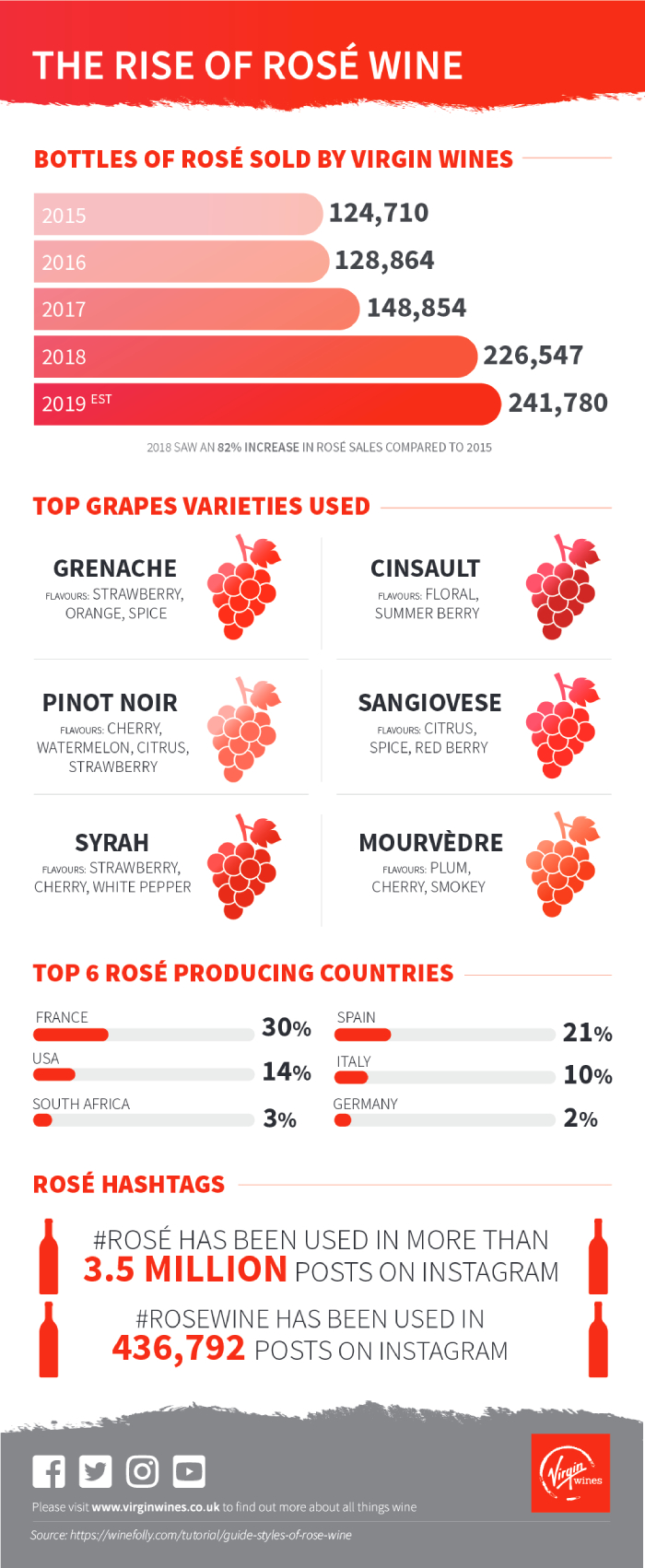
History of Rosé Wine
Until the 2000s, rosé was typically frowned upon by wine lovers and experts, despite many of the first recorded wines actually being pink in colour. In Ancient Greece, a combination of red and white grapes were used (and watered down) to create wine with a light pink hue. Even when people began separating grapes by colour for winemaking, the light and sweet style of rosé remained preferential for centuries to come.
In the 1600s, the Phocaeans took grape vines from Greece to Massalia (now Marseille) in France, where the same pink wine was created and made a name for itself around the Mediterranean. Romans then landed and used their well-connected trade networks to further increase its popularity, hence why the south of France is often considered the home of rosé wine even today!
It wasn’t until the mid-1900s that bulk-produced rosé from Portugal hit the market through brands such as Mateus and Lancers. Despite initial success, such brands ended up tarnishing the reputation of rosé . It was soon considered a lesser wine, perceived by most as cheap, sweet and low quality.
Why is Rosé Wine Becoming Popular Again?
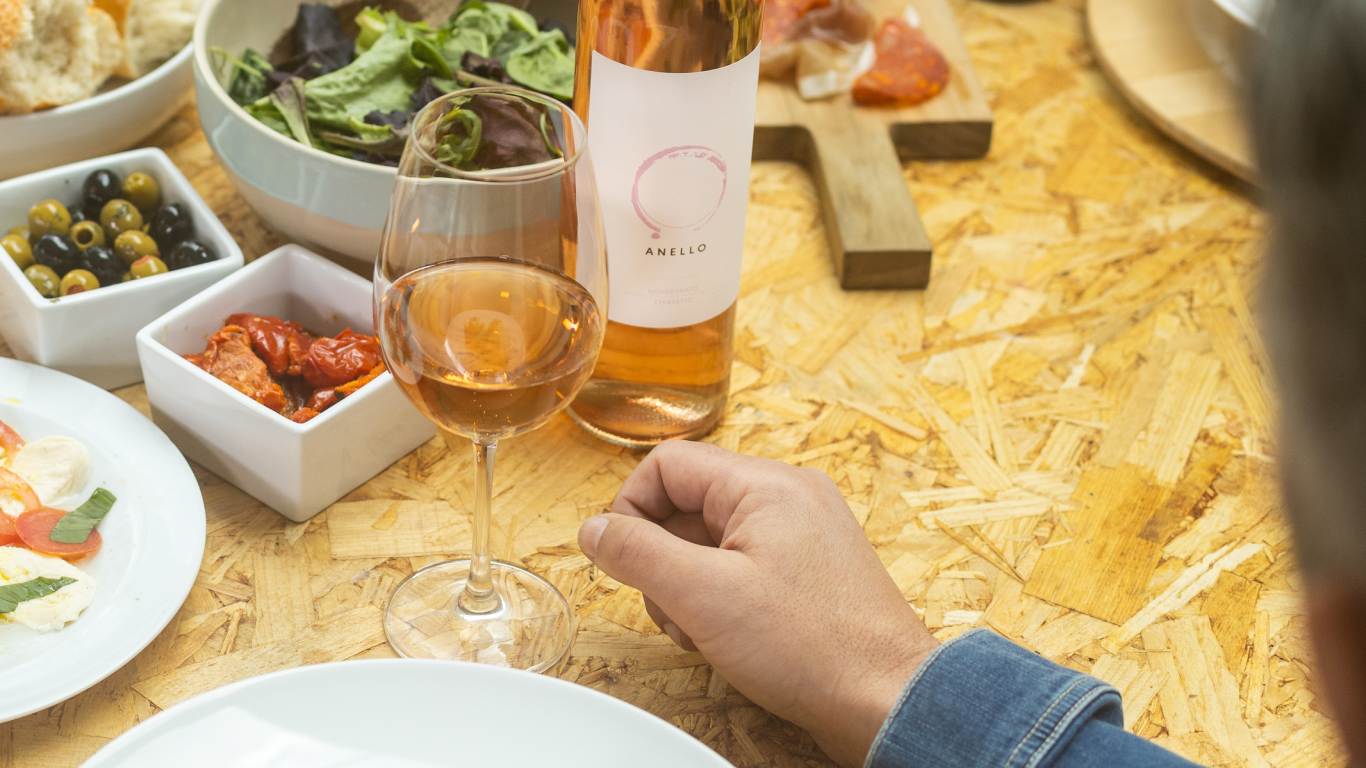
The nation (and even the world) has embraced drinking rosé wine again, with sales and demand on an upward trend. In fact, some high-end restaurants are having to pre-order rosé in February to make sure they get enough for the summer! So why has drinking rosé suddenly become acceptable?
One factor contributing to the revival of rosé is the weather. As a beverage that’s heavily associated with sunshine and warm temperatures, the correlation between longer, warmer periods and the increasing popularity of rosé isn’t surprising.
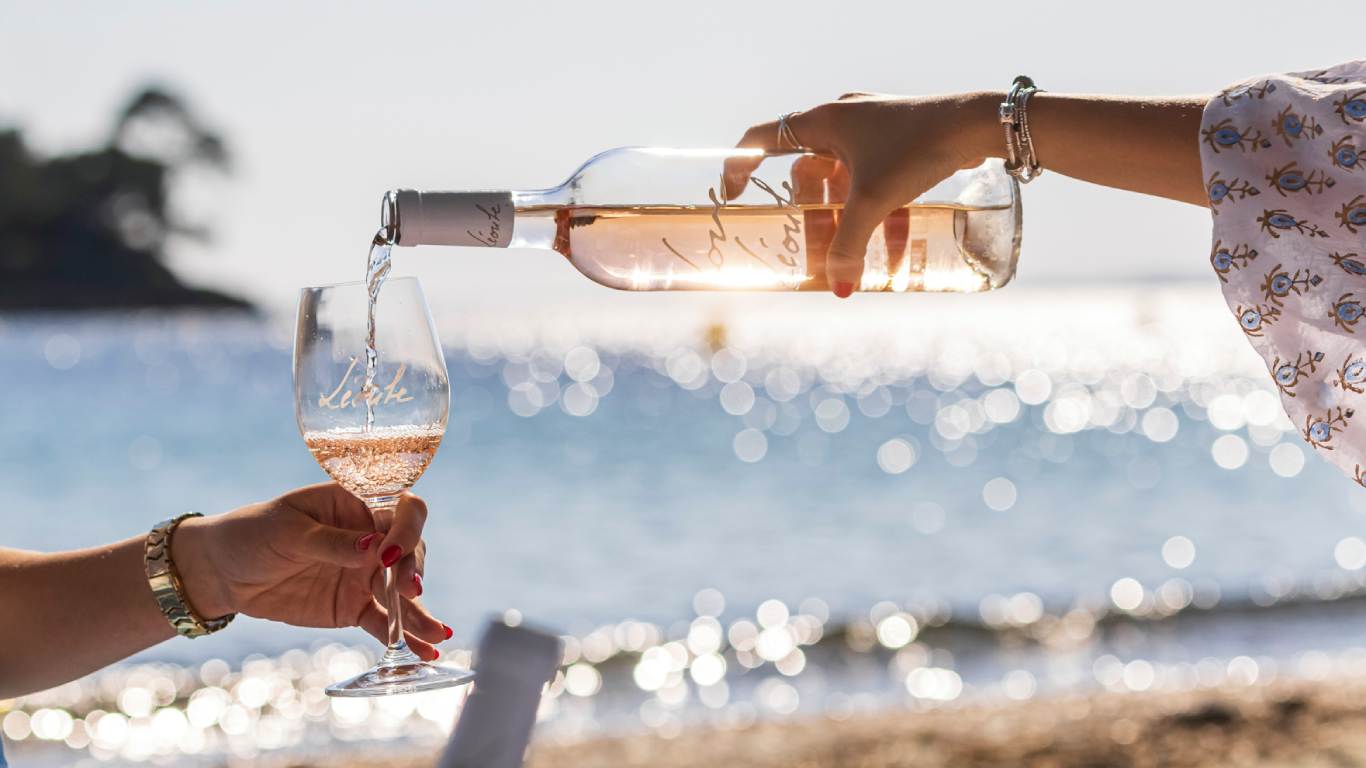
Rosé wine is also very popular among the millennial generation. The peachy shades of pink make it perfect for Instagram posts, with numerous celebrities and influencers turning to social media to confess their love for the pink stuff. Brad Pitt and Angelina Jolie actually leased (and now own) the award-winning rosé producing Château Miraval in France.
While the younger generation may see it as a wine that’s taken slightly less seriously than a red or a white, there has also been an upturn in serious wine drinkers enjoying rosé too. This rejuvenated interest in superior rosé means that there are now brands all over the globe who are serious about making top quality bottles of pink!
Why is Rosé Wine Pink?
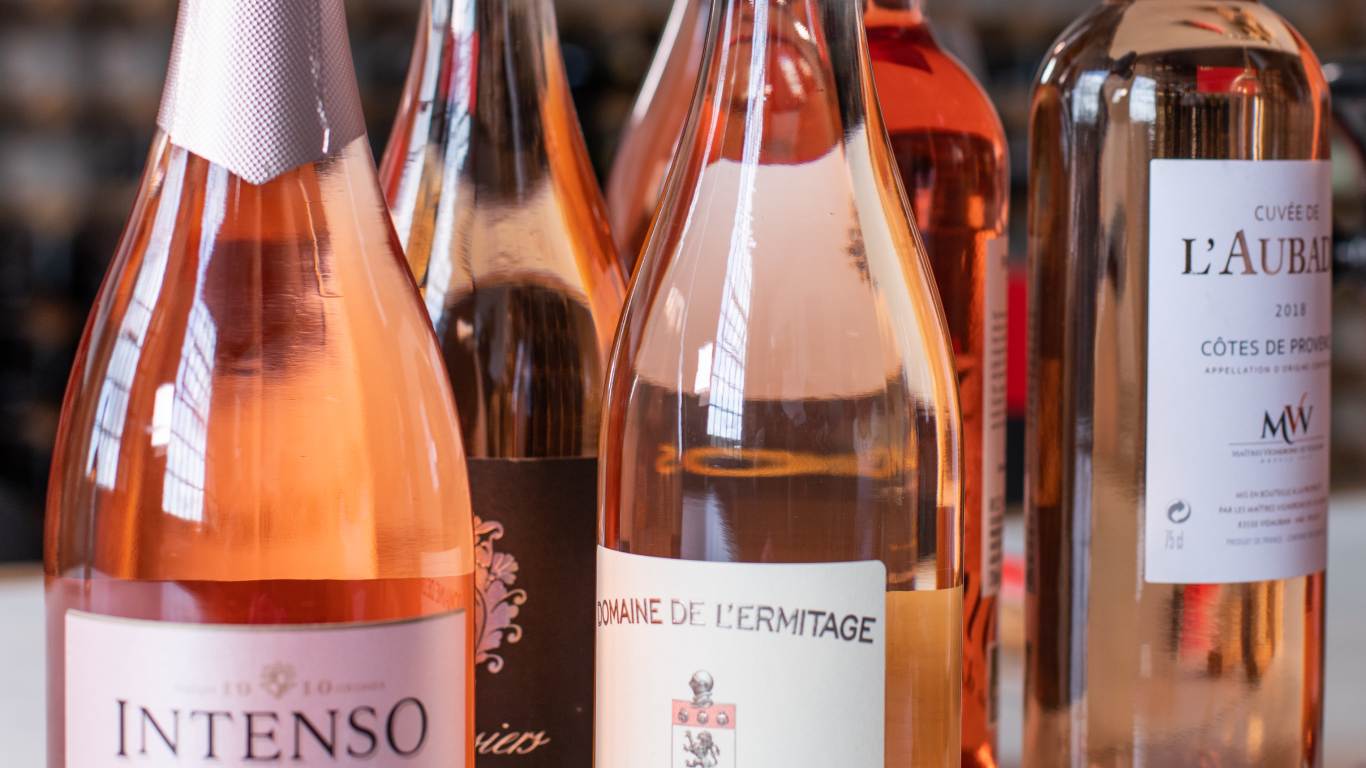
When making wine, the clear juices of the grape are left to ferment with the grape must (skins, stems and seeds) in a process known as maceration. During this process, the juice takes on the colour, aroma and tannins of the must.
The maceration process can last weeks or even months when making red wine, however it only tends to last a matter of hours or days when making rosé. The longer the juice is left in contact with the must, the darker the batch will turn out. That’s why rosé wine is pink, because it only spends a short period of time extracting colour from the must. Once the winemaker is satisfied with the colour, the must is removed from the batch. Darker batches can then be mixed with lighter batches to reach the perfect shade of pink.
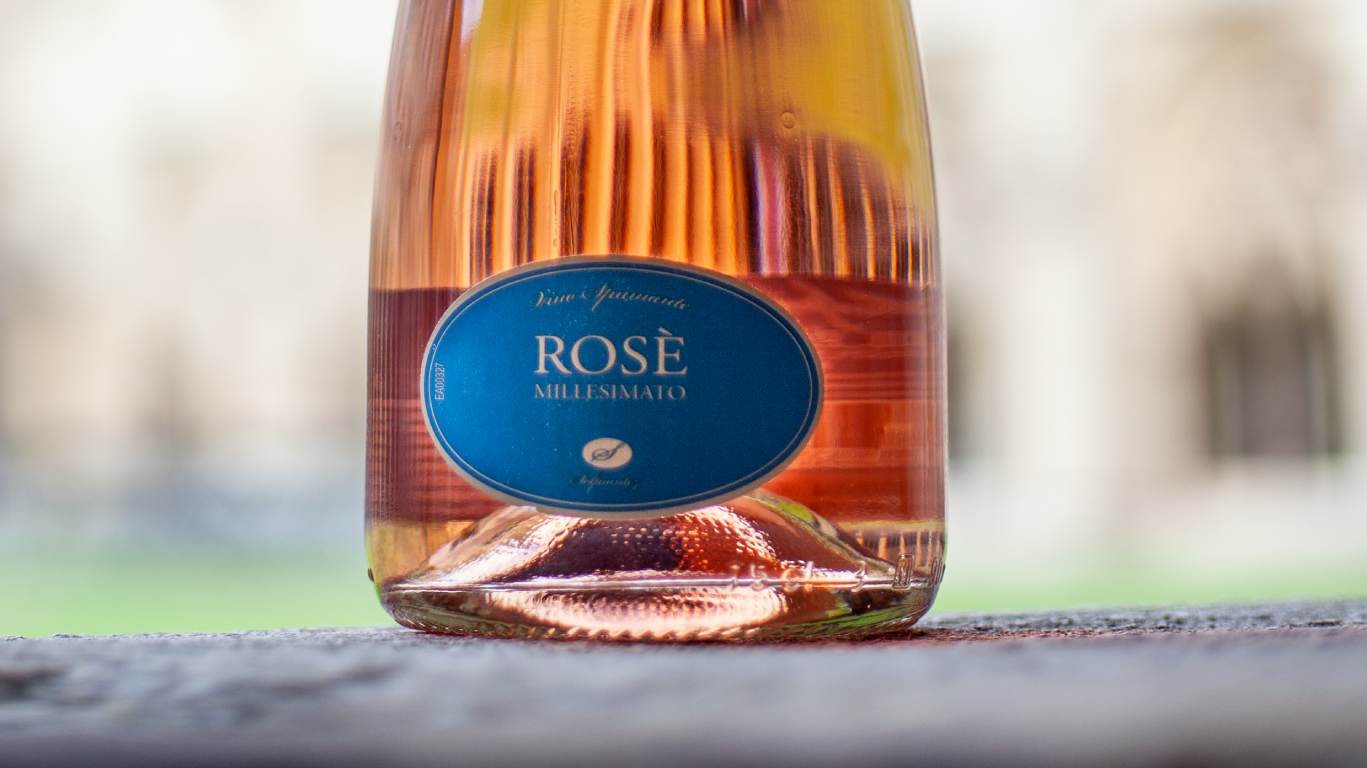
Post maceration, the juice is taken to cool storage tanks where it is left to settle and stabilise for a short period of time. Following the storage period, the rosé is removed of all bacteria, proteins and remaining grape must, in a process known as clarification. It is then bottled and released!
What Grapes Make Rosé Wine?
Essentially, any red grape type can be used to make rosé wine. In fact, most tend to be made using a blend of multiple grape varieties. The grapes used will usually be a combination of the region’s more popular grape varieties. Some of the most common types of grape used include Grenache, Syrah, Sangiovese, Pinot Noir and Carignan.
What Are The Best Rosé Wines?
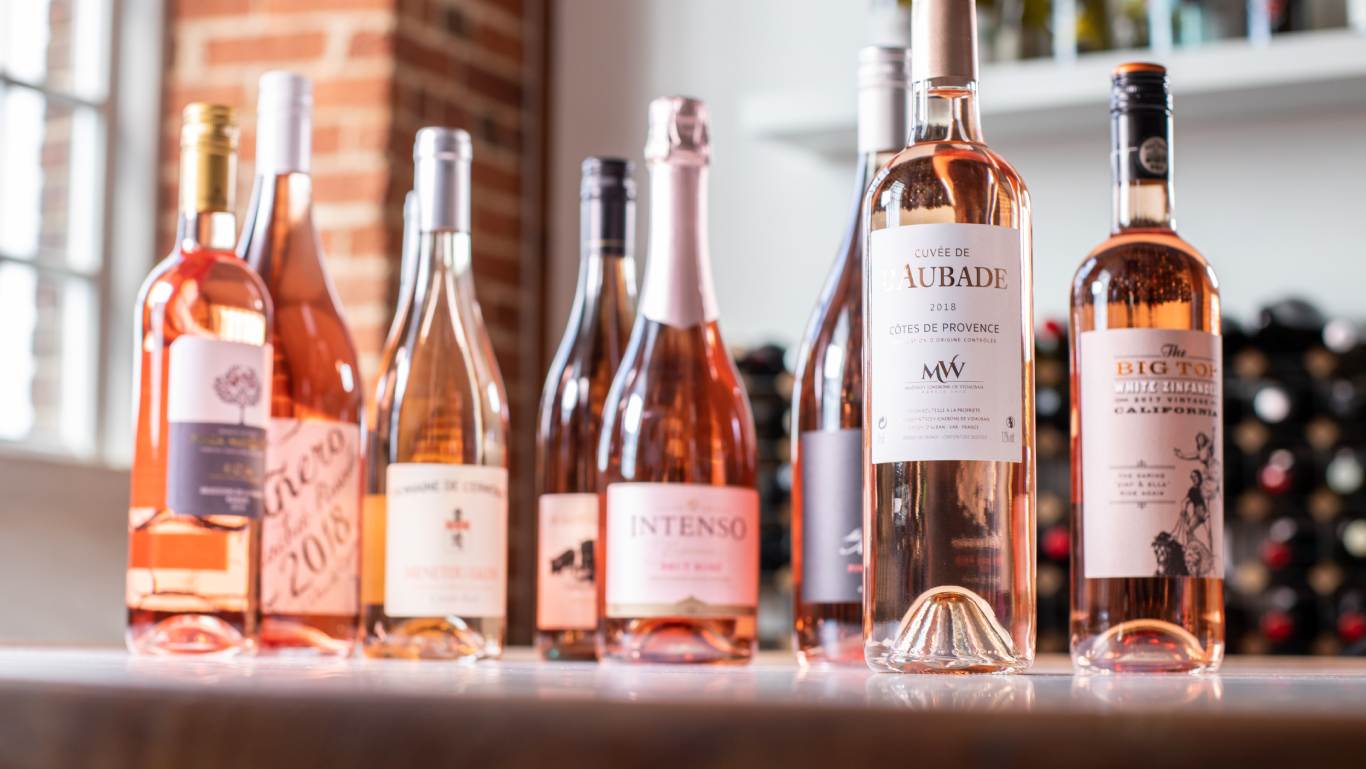
While there is a lot of quality rosé out there, its meteoric rise has led to a large amount of mass-produced, low quality pink wine saturating the market. These products resemble everything the wine community perceived rosé to be in the late 20th century. Luckily, we’re here to help you wade through the dishwater and take you straight to the good stuff!
Typically, if a bottle seems cheap to buy, it’s likely very mediocre. Especially if the wine has a sort of watery hue, then it probably isn’t worth buying. The label of a bottle can be very telling as well – any jokey brand names or labels that don’t specify grape type or region tend to be ones to avoid. Lastly, anything with a below average alcohol percentage (11-14%) should also flash up warning lights.
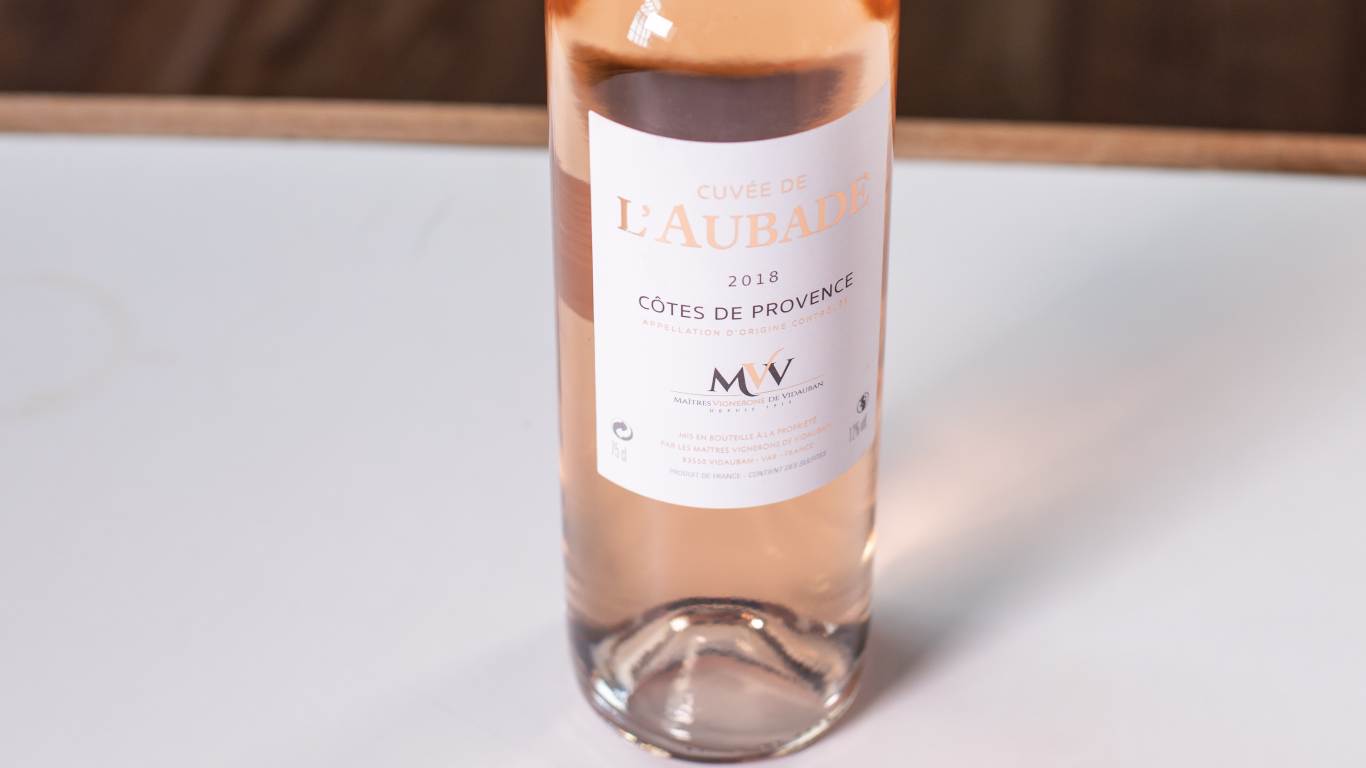
Provençal rosé (or rosé from Provence, France) is always a good choice. It’s the epicentre of rosé for a reason and it’s pretty hard to beat. That doesn’t mean you should avoid other regions by any means, however it’s definitely a good starting point if you’re unsure on what to buy.
Remember to check out our best rosé wines for summer blog for the top bottles of rosé, both still and sparkling, to try this summer.
It’s Rosé Month at Virgin Wines!
That’s right. For the whole of August we are celebrating all things rosé. Keep up-to-date with our blog as we update you with the latest tips and trends from our expert team. You can also get involved with Rosé Month by tagging us on social with your Virgin Wines rosé pics and using the hashtag #roseyay – our favourite post will win a 12 bottle case of (you guessed it) rosé!
Find us @VirginWines on Facebook, Twitter and Instagram.

